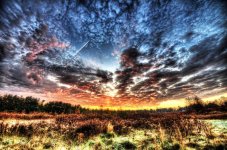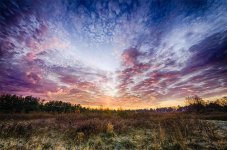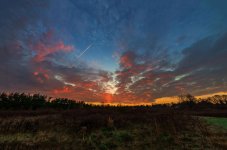Different people will tell you different things about histograms, and while they're mostly all valid, many times they are only valid for certain situations or certain types of photography. If I had to boil it down to a "Dummies" tutorial it would be this...
- If the right side of your histogram is a solid line running up the side, fully or even partially, you've overexposed your photo and have lost light information.
- If the left side of your histogram is a solid line running up the side, fully or even partially, you've underexposed your photo and have lost light information.
- If when reviewing your image in-camera it appears to be over or under exposed, look at the histogram, and if you encounter one of the above conditions, adjust your exposure settings appropriately and reshoot, repeating as necessary. If it looks over/under exposed but there are no run-outs on the histogram, you should be able to adjust the image in post.
- If you cannot adjust your exposure settings to eliminate over/under exposure, consider exposure bracketing, checking the plus and minus images to make sure that you have at least one image that is OK on the left and one that is OK on the right, so that you have complete light information across the series.
That's it. From there, the editing is up to you.
The key is to check the histogram in the camera right after the shot. If you wait until you get to Lightroom, it's too late to do anything.
I don't use the histogram in my editing very much. I have black and white clipping turned on in LR to show me when I've blown out whites or blacks, which is the critical part of the histogram for me. The rest is all in how I want the image to look. I don't need flat, bumpy, connected or any other look of the histogram - I just don't want to lose anything.
FYI, if you don't want to look at the histogram at least turn on the Highlights option in your image review and toggle to the RGB Highlights screen when you review images, this way if you've blown out the highlights it will flash. Too dark isn't as big an issue since blacks can be truly black, but when you blowout the light side there's nothing to be done.



